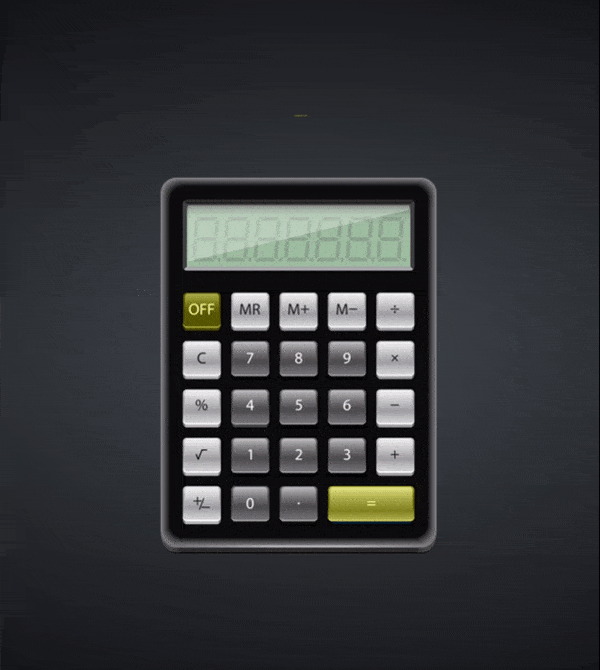How do Medical Aid Co-payments Work?

Worried about how to cover the shortfall on Medical Aid co-payments? Use these helpful hacks and focus on healing your body rather than your bank balance.
While you may wish you could hand over your Medical Aid card and simply say, "Charge it", the reality is that many medical procedures require patients to co-pay, meaning pay a portion of the costs out of their own pocket. That is unless you beef up on your co-payment saving savvy.
What is a Medical Aid Co-payment?
While adding 'co-' to the beginning of a word may evoke idyllic images of teamwork, sharing and the like, co-payments sadly have notably different connotations. A medical scheme co-payment is generally what you have to pay in out of pocket — or out of medical savings — to cover the difference between the Medical Aid rate (what you're covered for) and what the doctor or hospital actually charges.
"A co-payment can also be required if the procedure you opted for carries an upfront co-payment or if you utilise a provider not contracted to your medical scheme — a non-network provider or non-designated service provider (DSP)," explains Bongani Luvuno, Senior Manager of Health Insurance at Hippo.
So, in-hospital co-payments can be charged because the treating doctor charges above-Medical-aid rates, the patient utilises a provider not contracted to their specific Medical Aid plan option or for specific procedures and tests conducted in hospital, such as an investigative scope.
"The simplest way to ensure you keep co-payments down is to understand the rules of your medical scheme and ensure you seek healthcare services in line with those rules," Luvuno advises.
Co-payments: In-hospital vs Day Procedures
Many medical procedures don't necessitate you checking into the top private hospital in your area. Often, a day clinic offers the same care at a significantly lower cost, translating to lower co-payments too. After all, wouldn't you rather allocate the funds needed for an overnight hospital stay to a night at a luxury hotel once you've recovered?
"The importance of obtaining services in the appropriate setting cannot be stressed enough," Luvuno says. "Day procedures do not require you to remain in the hospital setting receiving complete hospital care over a prolonged period of time. As a result, the cost of the treatment and co-payment is limited to that specific day. The resources required from staff, medication, the cost of the bed you occupy and so on, is greatly reduced."
In fact, it could save you anywhere between 15 and 30% depending on a variety of factors. "These would include the level of care you require, the support staff required to provide that care, the length of time spent in the facility, and the type of facility you are in, as different facilities have different remuneration structures and models," explains Luvuno.
He adds that using a day facility that specialises in the procedure you require can also lead to better healthcare outcomes due to the level of speciality these facilities and healthcare providers offer. They also ensure your condition won't be worsened by having to cough up — ahem — unnecessary co-payments.
"Most medical schemes now openly publish which procedures are fully funded in day facilities," says Luvuno. "They actively apply deductibles or co-payments if a consumer opts to utilise non-day procedures without providing a reason as to why the day facility cannot conduct the procedure. This reduces the overall cost of healthcare for the entire medical scheme system, which assists in further reducing year-on-year medical scheme increases."

Gap Cover Explained
So you've chosen the perfect facility for your procedure, lowered your co-payment amount, but you're still battling to cover the shortfall. Lighten your financial load with Gap Cover, which bridges the gap between in-hospital medical bills and your Medical Aid cover.
For example, say the doctor's bill is R30,000 but your scheme only covers the medical aid rate, which is R8,000. That means your portion is R22,000. But if you had Gap Cover that covered 200% of the Medical Aid rate, the numbers would be far less heart-stopping: R8,000 (covered by Medical Aid) + R16,000 (covered by Gap Cover) = R24,000. You'll only have to pay R6,000!
Now that you're clear on co-payments, ensure you're on the right Medical Aid plan by using Hippo.co.za's free online Medical Aid quotes comparison tool, which provides obligation-free quotes from nine leading medical schemes. Then cover the shortfall for less by comparing quotes on Medical Gap Cover.
This article is for informational purposes only and should not be construed as financial, legal or medical advice.
Hippo Blog Categories





































